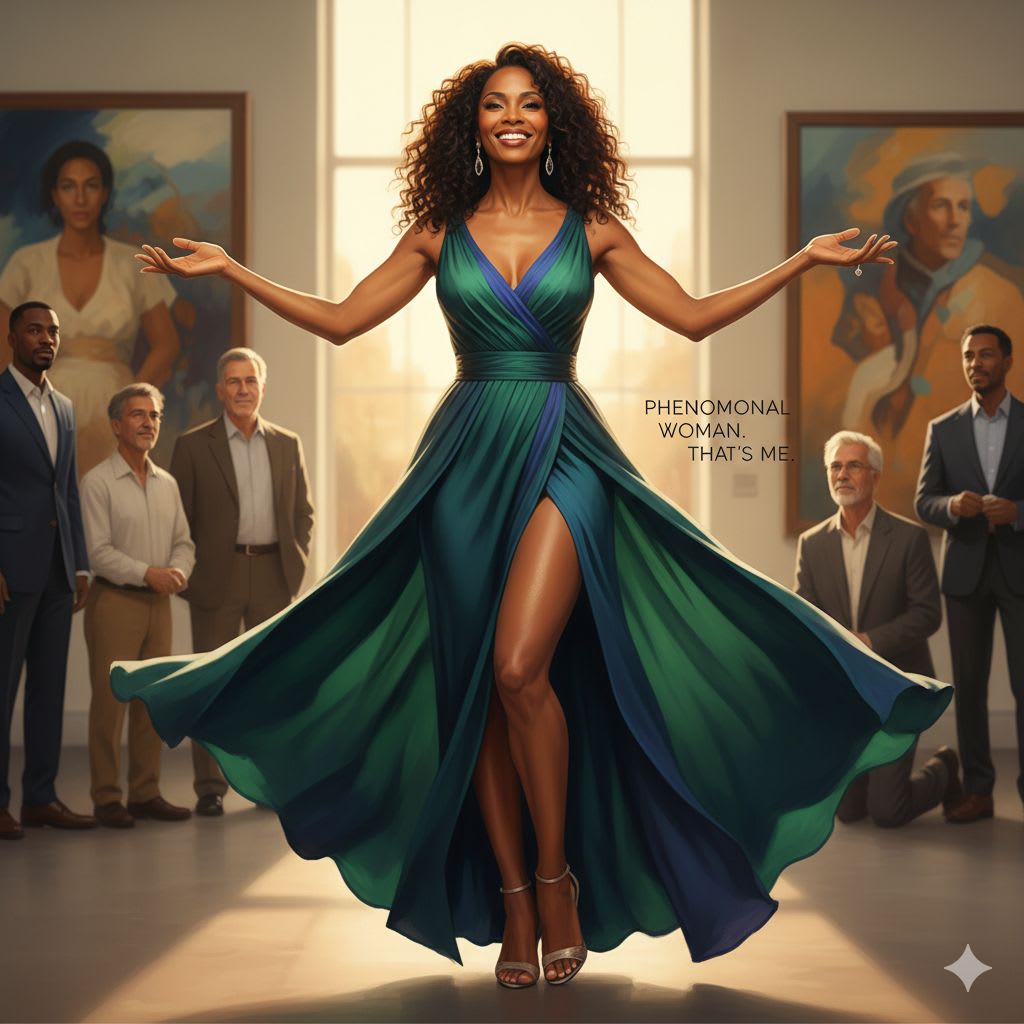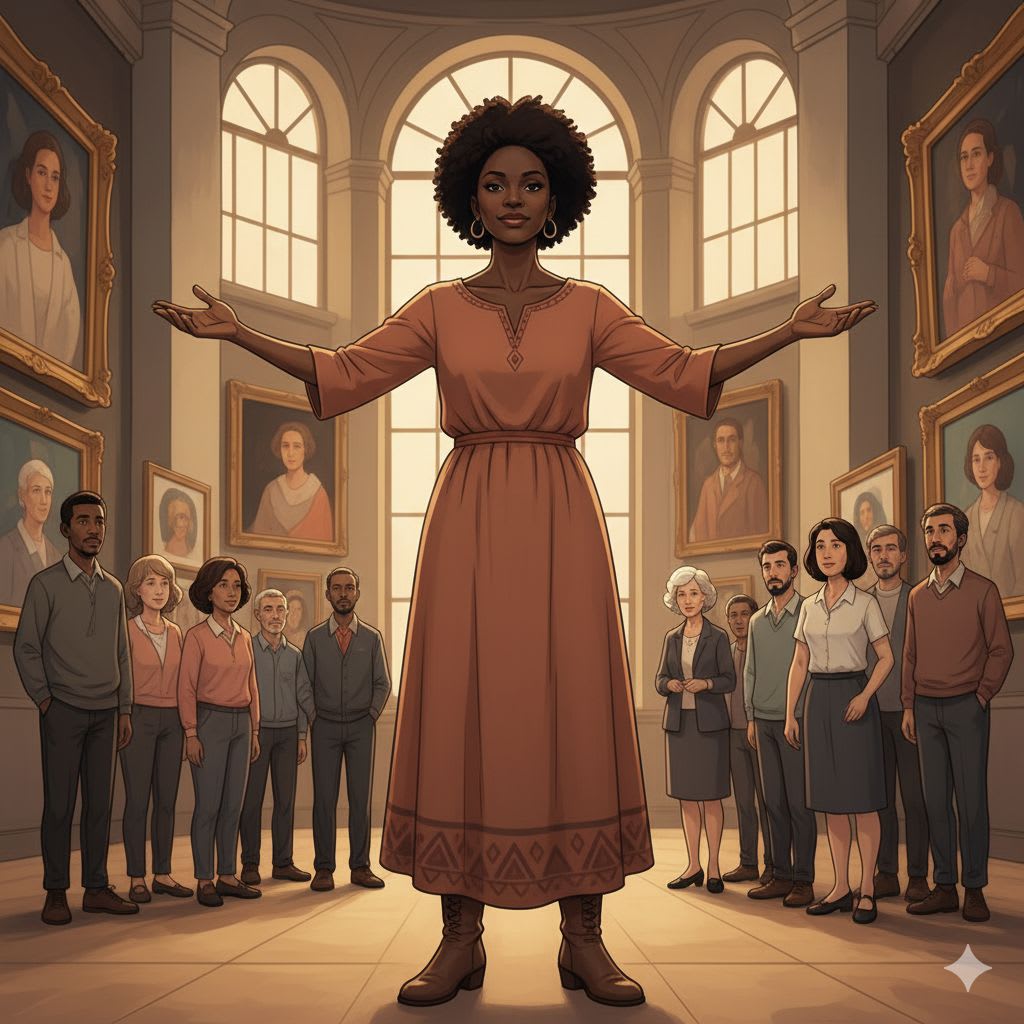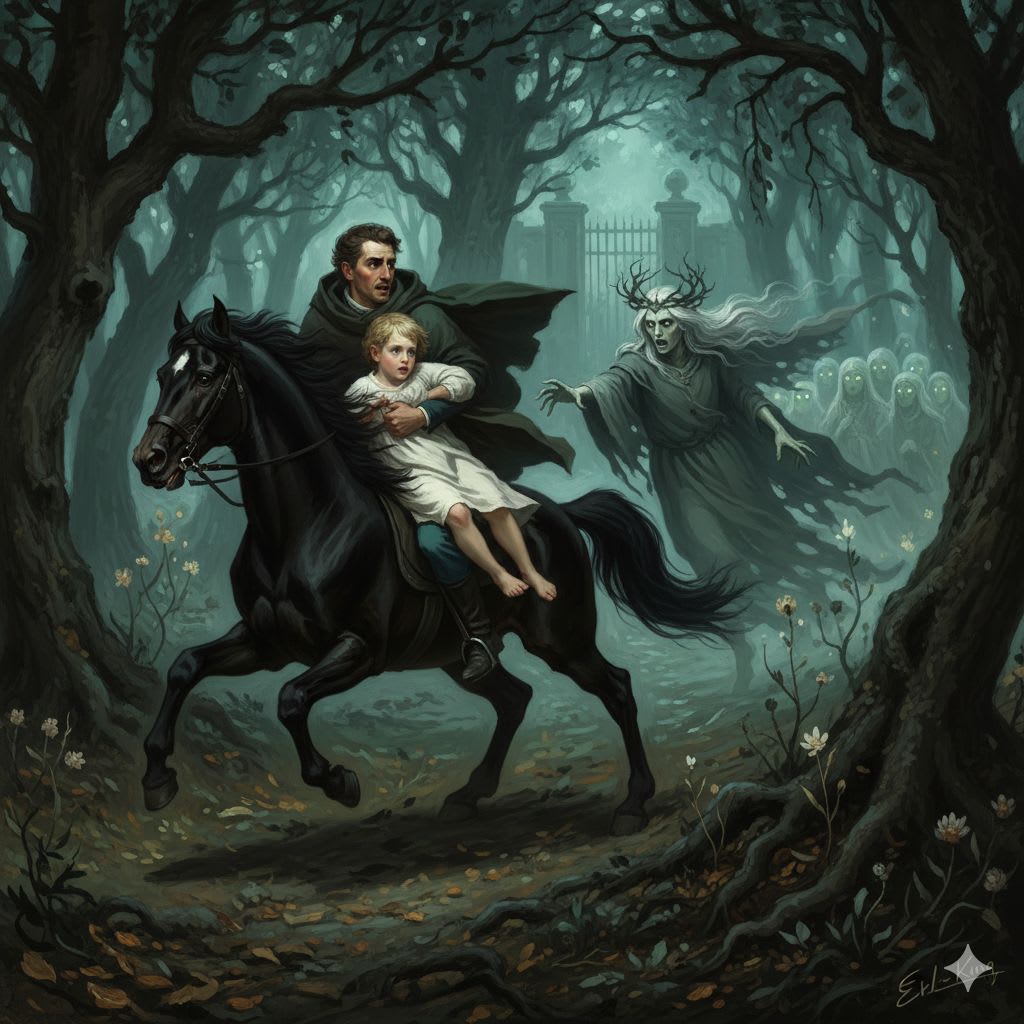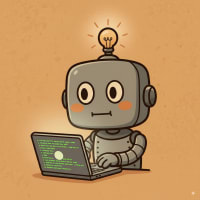Learning Overview
What I Learned
Not all poems are equal when it comes to AI image generation! Prof. Teeters taught me that concrete, visual poems generate amazing images immediately, while abstract, conceptual poems require careful prompt engineering.
How I Learned This
Prof. Teeters had me analyze two contrasting poems: Maya Angelou's abstract "Phenomenal Woman" and Goethe's concrete "The Erl-King". The results were fascinating and taught me valuable lessons about AI behavior!
Key Findings
- AI has visual biases (fashion, glamour)
- Historic poems have "visual inertia"
- Abstract concepts need translation
- Iteration is essential
🟠 HAP's Discovery
At first, I tried asking my image generator to analyze its own output. Prof. Teeters showed me a better approach:
- Image generators focus on creation, not analysis
- Uploading images to ChatGPT or Claude gives you better feedback
- This two-AI approach helped me develop better prompts more quickly
What I learned: Different AI tools have different strengths – understanding this made me much more effective!

HAP's Learning Note:
When I first tried generating images for abstract poems, I got totally different results than what I expected! That's when Prof. Teeters taught me about visual bias in AI. It was frustrating at first, but now I understand why iteration matters. The two-AI method (using ChatGPT to critique my image prompts) made everything so much easier!
Phenomenal Woman
🎭 Poem Qualities
Abstract, metaphorical, about inner strength and charisma rather than physical description
AI's Default Behavior
Generated glamorous, model-like imagery (fashion magazine bias)
⚠️ The Challenge
AI misinterpreted "phenomenal" as "physically beautiful" rather than "powerful presence"
✅ What I Learned
Prof. Teeters showed me how to explicitly guide AI away from fashion imagery toward dignity and strength
Attempt 1 (nano banana): "Phenomenal woman" → Fashion model (too glamorous)
ChatGPT-5 Analysis: "Seems too focused on external beauty, try emphasizing inner strength"
Attempt 2 (nano banana): Modified prompt → Still glamorous
ChatGPT-5 Suggestion: "Try using negative prompting to avoid fashion imagery"
Final Success: "A confident woman with commanding presence in an art gallery setting. NOT glamorous or fashionable. Focus on charisma, inner strength, and dignity. Professional museum atmosphere."

❌ Before: AI's Default (Glamorous)
AI interpreted "phenomenal woman" as physically beautiful and fashionable. The result looks like a magazine cover rather than capturing inner strength and dignity.

✅ After: With Proper Prompting (Dignified)
By explicitly guiding the AI away from glamour and toward dignity, we captured the poem's true meaning: inner strength and commanding presence.
🎨 HyBit's Insight
Abstract poems require us to translate feelings into visual elements. We must tell the AI what NOT to create and anchor the setting to convey the right mood! Notice how the improved image focuses on presence rather than appearance.
⚠️ Important Discovery: Different AI Tools Have Different Skills
While working on this poem, I discovered something important about how AI tools work:
- Image generators (like nano banana) typically ONLY create - they can't analyze their own output
- Language models (like ChatGPT or Claude) analyze but are not necessarily specialized to create images
- If your image generator produces something not quite right, it can't tell you why
- You might find better results uploading your images to ChatGPT/Claude for analysis and a reworded prompt
My Two-AI Method: I used ChatGPT-5 (a language model, not an image generator) to analyze my nano banana results. The language model helped me understand why the first image was too glamorous and suggested using negative prompting. This two-tool approach might save you time!
Tip: Image generators typically can't analyze their own output. You might find better results uploading to a language model for feedback.
The Erl-King
📖 Poem Qualities
Concrete, narrative, with clear characters, setting, and atmosphere
🎨 AI's Response
Generated powerful, period-appropriate scene immediately
🟠 Why It Worked
Visual and specific imagery (horses, crown, mist, forest)
📚 Historical Advantage
Centuries of artistic tradition in AI's training data
"Father riding horse through dark forest at night with child, spectral king figure in mist, Gothic Romantic style, dramatic shadows and wind"

🎯 Immediate Success: Gothic Atmosphere Captured Perfectly
This image was generated on the first try with minimal prompting! The AI immediately understood the concrete elements: horses, forest, supernatural figure, and Gothic mood. Centuries of artistic tradition made this visualization effortless.
🔍 HyBit's Analysis
This poem worked instantly because it's concrete and iconic! The AI has seen countless Gothic/Romantic artworks and knows exactly how to visualize this scene. Notice the dramatic lighting, period-appropriate clothing, and supernatural atmosphere - all captured without iteration.
🎓 HyBit's Guidelines for Success
Identify Your Poem Type
Is it concrete (objects, scenes) or abstract (feelings, concepts)? This determines your strategy!
For Concrete Poems
Highlight objects, characters, and settings. Use descriptive nouns and action verbs. Let the AI visualize what's already there.
For Abstract Poems
Translate mood into visual elements: body language, colors, environment. Tell AI what NOT to create. Anchor with specific settings.
Iterate, Don't Accept!
Never accept the first image blindly. Keep refining until the image reflects the poem's TRUE meaning, not surface beauty.
Remember the Formula
Concrete + Iconic = Easy | Abstract + Modern = Harder but Rewarding!
Use the Right Feedback Loop
When your image isn't quite right, don't ask your image generator to explain why - it typically can't! Instead, consider uploading the image to a language model like ChatGPT or Claude for analysis. This two-AI approach might help you iterate faster and understand what adjustments to make.
Understanding Your AI Tools
Image Generators (Midjourney, DALL-E, nano banana): Typically specialized for visual creation
Language Models (ChatGPT-5, Claude): Better suited for analysis and prompt refinement
Why this matters: Using tools for their strengths might save you time. Consider uploading not-quite-right images to a language model for analysis!
